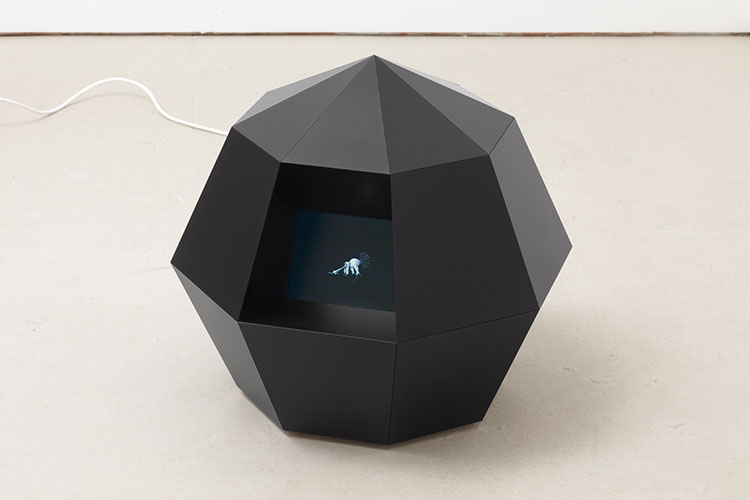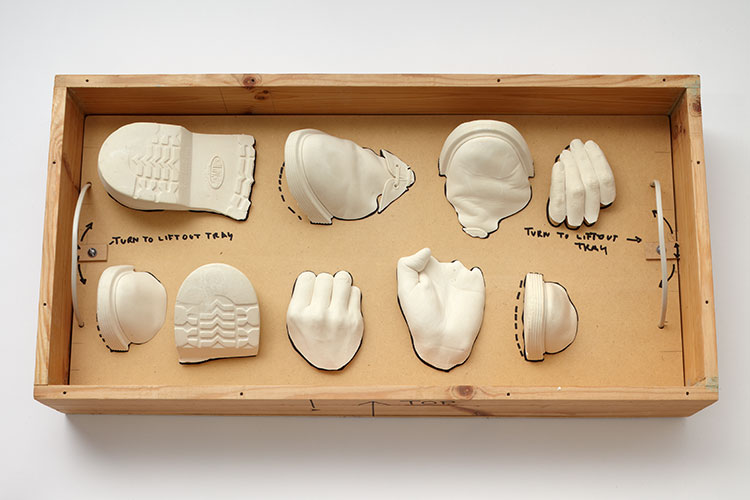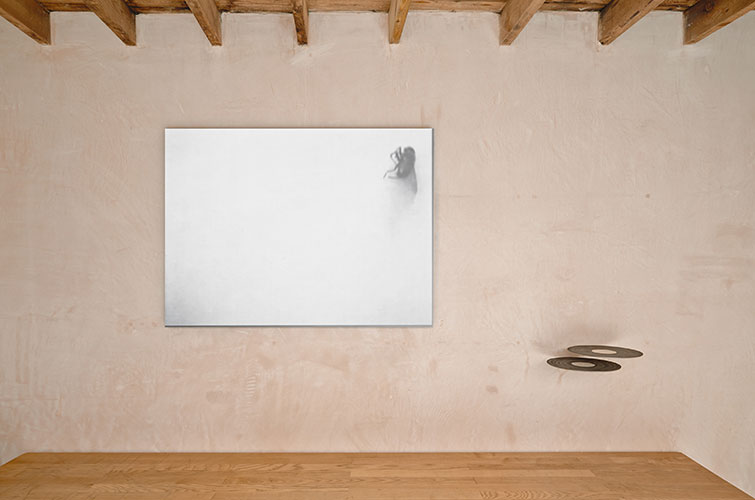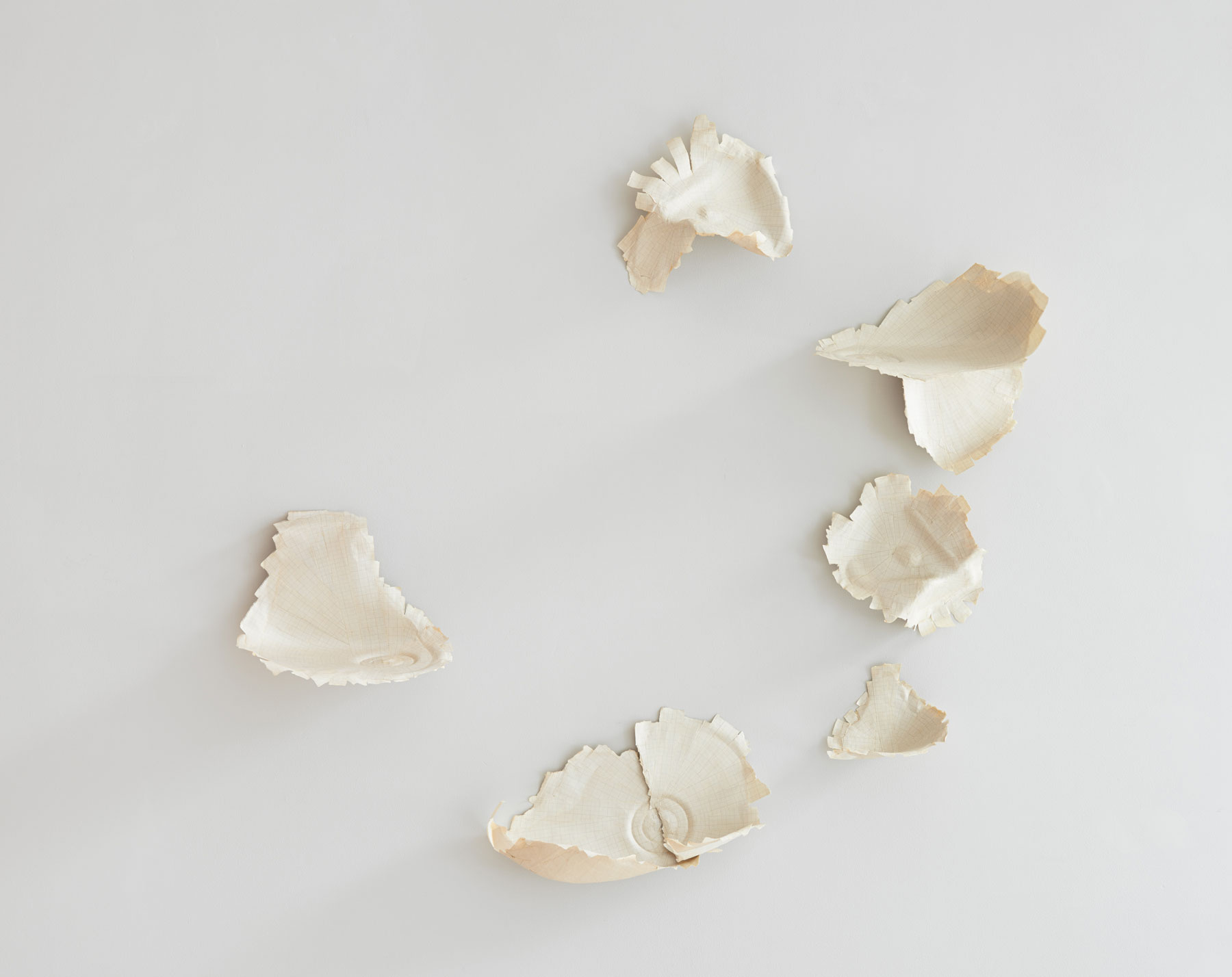












Universal Fragments: Conversations with Trevor Shearer
11 Oct 2013–24 Jan 2014Universal Fragments is group exhibition in conversation with the life and work of the late British artist Trevor Shearer (1958-2013), accompanied by a new publication and essay on Shearer’s work by Ed Krčma. Shearer found the idea of exhibiting his work exceptionally difficult, and rarely did so. Krčma has described Shearer’s work as ‘enigmatic while resisting any of the grand connotations that this word might evoke’.
An acclaimed group of artists, from different generations, practices and milieu – Tonico Lemos Auad, Miroslaw Balka, Massimo Bartolini, Jean-Philippe Dordolo, Jean-Luc Moulène, and Alison Turnbull – have selected new and old work of their own in response to Shearer’s. These artworks as Moulène has reflected, find themselves in ‘good company’ – sharing a connectedness that operates not at the level of the literal, but of ‘real physical and chemical feeling’.
On Shearer’s Universal Fragments (1998), Krčma has written:
With scientists’ wire frame mock-ups in mind, Shearer cast a bathroom sink using strips of graph paper. Graph paper is most often used as a tool of abstraction: of plotting, diagramming and quantification. Here, however, the grids have been torn and bent in the process of being held to the surface of a plain piece of plumbing. Shearer’s ragged edged parts appear as fragile remnants of a representational system exposed to the inclemencies of the elements. […] Mounted on the wall, these paper cast-offs are reconfigured, afforded a new sculptural presence and organised into a spiraling formation. The slips and shards of the graph paper fan out and fold back, lining up and overlaying. In a move characteristic of Shearer’s work more broadly, Universal Fragments brings together a series of opposed formal and conceptual terms: archaic and futuristic, fragment and whole, structure and contingency, flat surface and three-dimensions.
Of all the contributors, Alison Turnbull knew Shearer best, and indeed there are also striking parallels between her semi-systematic composition of paintings and Shearer’s approach, using the interplay of structure and chance (as with his Sea Tracings (1997), in which he devises a method to trace the movement of waves). Turnbull talks of her friendship with Shearer as ‘a very intense conversation about life and art’, and a conversation – between artworks and artists, living and dead – is, as per its title, exactly what this exhibition produces.
An acclaimed group of artists, from different generations, practices and milieu – Tonico Lemos Auad, Miroslaw Balka, Massimo Bartolini, Jean-Philippe Dordolo, Jean-Luc Moulène, and Alison Turnbull – have selected new and old work of their own in response to Shearer’s. These artworks as Moulène has reflected, find themselves in ‘good company’ – sharing a connectedness that operates not at the level of the literal, but of ‘real physical and chemical feeling’.
On Shearer’s Universal Fragments (1998), Krčma has written:
With scientists’ wire frame mock-ups in mind, Shearer cast a bathroom sink using strips of graph paper. Graph paper is most often used as a tool of abstraction: of plotting, diagramming and quantification. Here, however, the grids have been torn and bent in the process of being held to the surface of a plain piece of plumbing. Shearer’s ragged edged parts appear as fragile remnants of a representational system exposed to the inclemencies of the elements. […] Mounted on the wall, these paper cast-offs are reconfigured, afforded a new sculptural presence and organised into a spiraling formation. The slips and shards of the graph paper fan out and fold back, lining up and overlaying. In a move characteristic of Shearer’s work more broadly, Universal Fragments brings together a series of opposed formal and conceptual terms: archaic and futuristic, fragment and whole, structure and contingency, flat surface and three-dimensions.
Of all the contributors, Alison Turnbull knew Shearer best, and indeed there are also striking parallels between her semi-systematic composition of paintings and Shearer’s approach, using the interplay of structure and chance (as with his Sea Tracings (1997), in which he devises a method to trace the movement of waves). Turnbull talks of her friendship with Shearer as ‘a very intense conversation about life and art’, and a conversation – between artworks and artists, living and dead – is, as per its title, exactly what this exhibition produces.
Tonico Lemos Auad, Miroslaw Balka, Massimo Bartolini, Jean-Philippe Dordolo, Jean-Luc Moulène, Trevor Shearer, Alison Turnbull
Writing by
Ed Krčma
Writing by
Ed Krčma